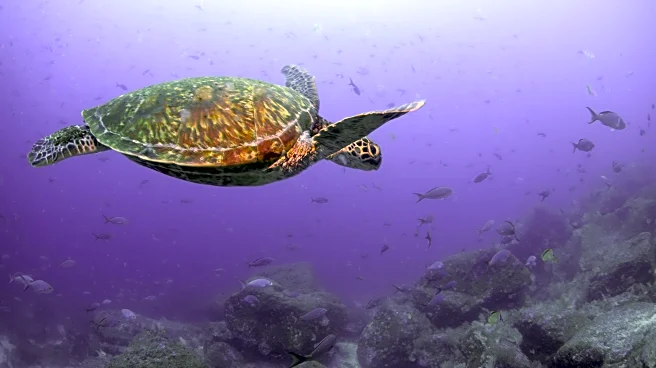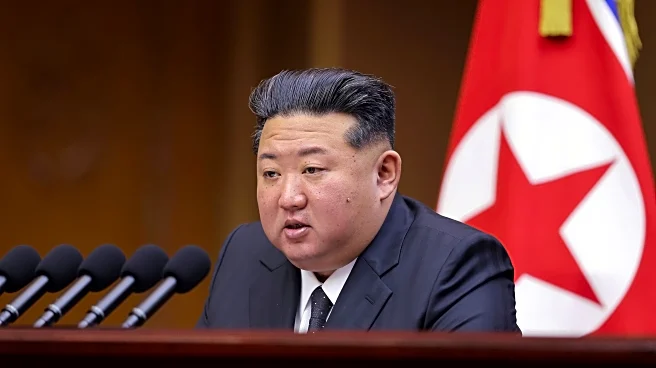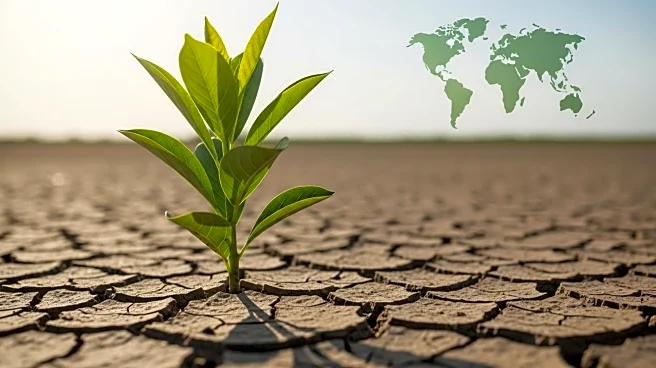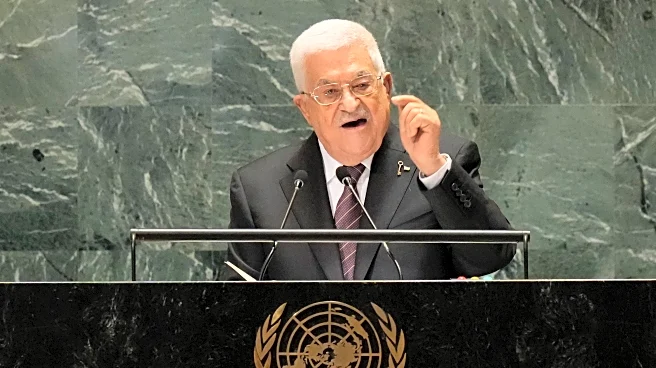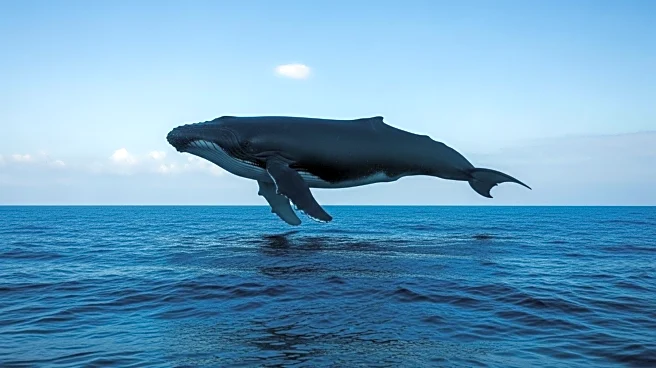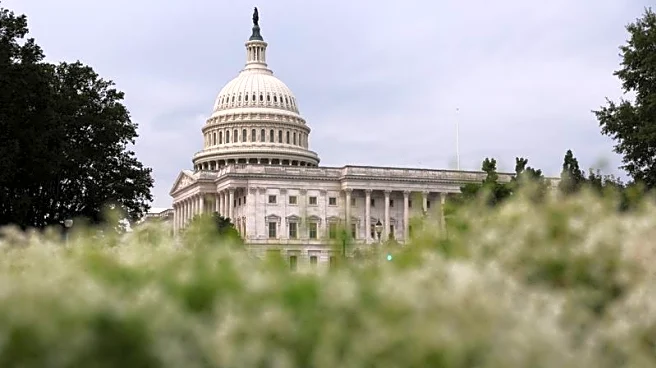What is the story about?
What's Happening?
The High Seas Treaty has reached the necessary milestone of 60 state ratifications, enabling its entry into force. This treaty, formally known as the Agreement under the United Nations Convention on the Law of the Sea on the Conservation and Sustainable Use of Marine Biological Diversity of Areas Beyond National Jurisdiction (BBNJ Agreement), will become legally effective on January 17, 2026. The treaty aims to safeguard marine life in the High Seas, which covers two-thirds of the world's ocean, by providing tools to halt biodiversity loss and ocean degradation. It includes provisions for creating marine protected areas (MPAs) in international waters and conducting environmental impact assessments of planned human activities. The treaty also seeks to boost equity for developing countries by increasing access to knowledge and technology, strengthening capacity, and ensuring equitable access and sharing of marine genetic resources benefits.
Why It's Important?
The entry into force of the High Seas Treaty marks a significant step in global efforts to protect marine biodiversity and address climate change. By enabling the creation of MPAs and ensuring environmental assessments, the treaty provides a framework for preserving critical ocean ecosystems. This is vital for achieving global climate and biodiversity goals, including the Kunming-Montreal Global Biodiversity Framework's target to protect 30% of the planet's land and ocean by 2030. The treaty's provisions for equitable access to marine resources also support sustainable development and capacity building in developing countries, promoting global equity in marine conservation efforts.
What's Next?
With the treaty set to become legally effective in January 2026, governments and stakeholders are preparing to develop High Seas MPA proposals to protect critical biodiversity sites. The first Conference of the Parties (CoP) must convene within a year of the treaty's entry into force, likely toward the end of 2026. Further ratifications are expected during the upcoming UN General Assembly High-Level Week in New York, with countries like China, India, the US, the EU, Australia, and the UK having signed but not yet ratified the treaty.
Beyond the Headlines
The High Seas Treaty represents a landmark achievement in multilateral diplomacy, showcasing the potential for global cooperation in addressing environmental challenges. It underscores the importance of international collaboration in safeguarding the planet's oceans, which are crucial for maintaining ecological balance and supporting human livelihoods. The treaty's focus on equitable access to marine resources highlights the ethical dimension of conservation efforts, ensuring that all nations can benefit from the ocean's biodiversity.
AI Generated Content
Do you find this article useful?



